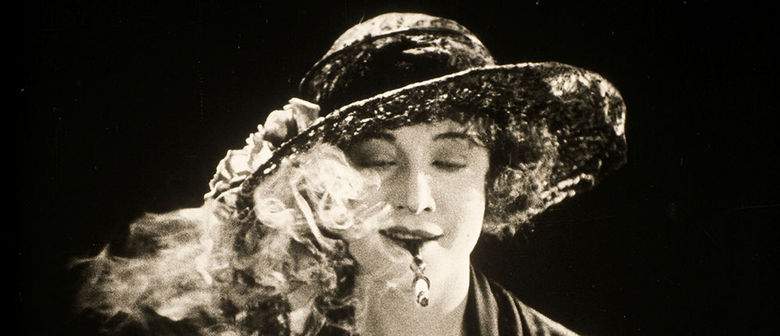Tricks n’ Treats
How alcohol, drugs and gambling have been represented on film in the last century.
Overview
Tricks n' Treats "is all about reflections and glimpses of ourselves, about altered realities, escapism, and fantasy" says Gareth Watkins, the exhibition's curator. Showing at the Film Archive from June 19 until August 13, Tricks n' Treats explores our cinematic history of portraying drugs, sex and alcohol. "I wanted to explore the changes in societal attitudes through these visual representations and also to reflect on who was producing these images - and why." Watkins explains.
In selecting the works screened, Watkins was "interested in uncovering moving-image representations over the last hundred years of Tricks – a slang term relating to sex workers and their clients; and Treats – various indulgences including drinking, drugs, smoking, gambling and other night-time activities."
Material included in the exhibition are early home movies, news reels, short films, feature films and documentaries. One of the films screening at the exhibition, The White Shadow (1924) - pictured above - is the earliest surviving film directed by Alfred Hitchcock.
In America, the well-known Hays Code heavily censored American films from 1934 - right through the Hollywood Golden Era - until 1968. Its strict censorship contorted and changing narratives to follow the "correct (moral) standard of living (of the time)": banning nudity, sex, homosexuality, blasphemy, drug and alcohol use (unless it was used as a cautionary warning) and profanity.
Nowadays sex, alcohol, drugs and cigarettes are highly prevalent in cinema with little or no restrictions. In a National Health Institute study of the yearly top grossing 100 blockbuster films between 1996 and 2004, 76.6% of films contained tobacco use, 89.6% contained alcohol use, 75.2% sexual content and 22.6% of films contained drug use. The study also found that the use of tobacco and alcohol in films are actually naturally tapering off, without any overt censorship - signalling yet another change of cultural attitudes.





